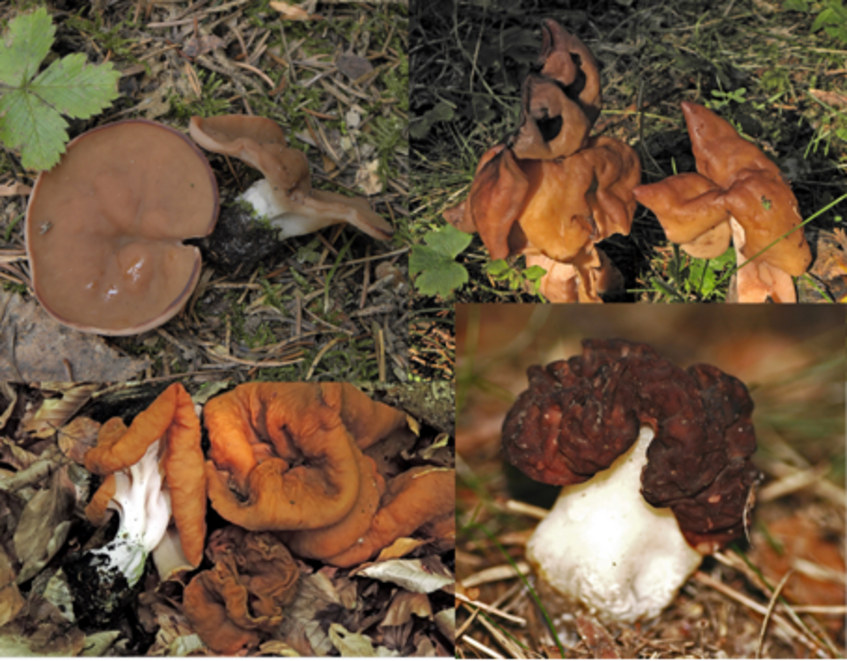SS 2021: Drivers of plant and fungal diversity: from genomes to biomes
A comparison between PAM‐fluorescence and primary productivity
Pulse-Amplitude Modulation (PAM) is a technique permitting chlorophyll fluorescence to be measured quickly and in a non-invasive manner. This project will address the question whether the PAM-fluorescence technique can be used to provide reliable information of the health status in microalgae.
Supervisor: Michael Schagerl
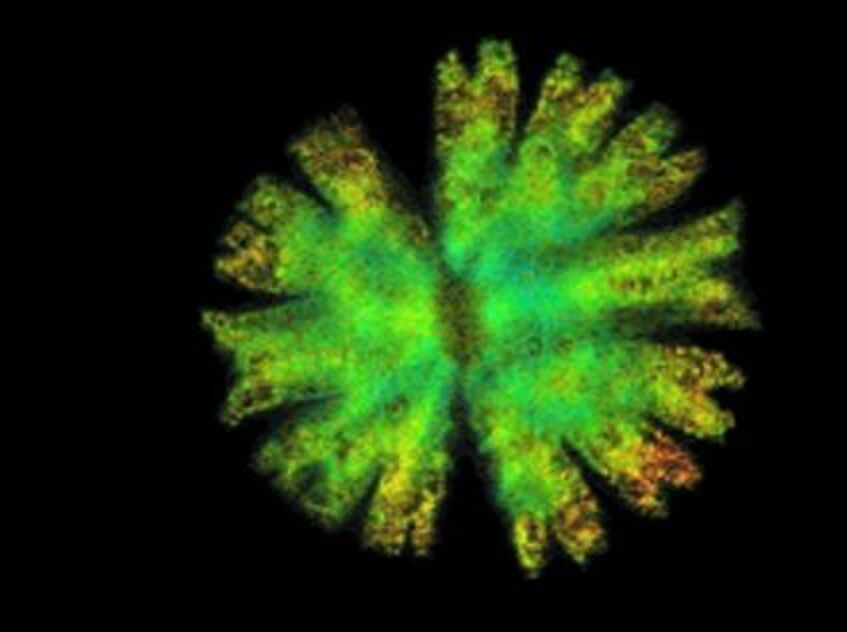
Evolution of repetitive DNAs in chile peppers (genus Capsicum)
Chiles (Capsicum spp., Solanaceae) are well-known vegetables and spices consumed worldwide. Most cultivated varieties belong to three species, but the genus includes over 30 wild species native to Central-South America. The current project aims at comparative analyses of the type and dynamics of two abundant repetitive DNAs in cultivated pepper, C. pubescens, using fluorescent in situ hybridization (FISH) and bioinformatic data analyses (RepeatExplorer). The data will be interpreted in the context of the evolution of repeats available for other wild chiles species. This will allow for better understanding of genome polymorphisms associated with human-assisted selection.
Supervisor: Hanna Schneeweiss
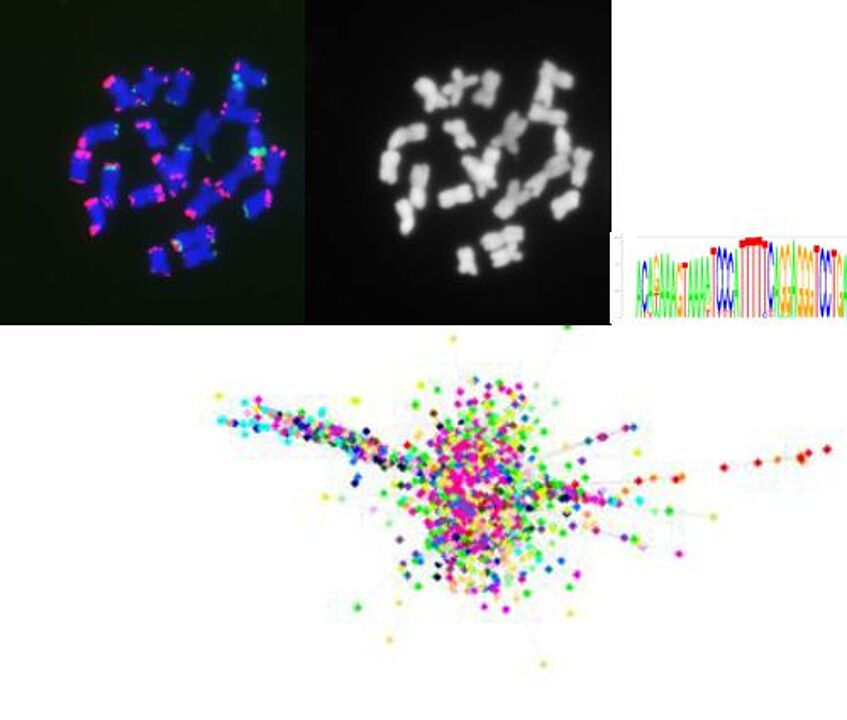
Three-dimensionally preserved fossil fruits from the Cretaceous of Southern Bohemia
The Cretaceous fossil record is crucial for our understanding of angiosperm diversification. Together with paleobotanists from Prague, we have recently collected Late Cretaceous sediments (ca. 90 million year old) from Southern Bohemia containing numerous charcoalified angiosperm fossils (mostly tiny fruits and seed). The goals of this specific research project will be (1) to extract fossils by sieving a sediment sample, (2) to sort and identify potentially interesting fossil fruits, and (3) to morphologically analyse and describe a small number of selected fossils. Methods will involve Scanning Electron Microscopy and High Resolution X-Ray Computed Tomography. The project has the potential to be extended into a master thesis.
Supervisors: Jürg Schönenberger, Maria von Balthazar, Fridgeir Grimsson
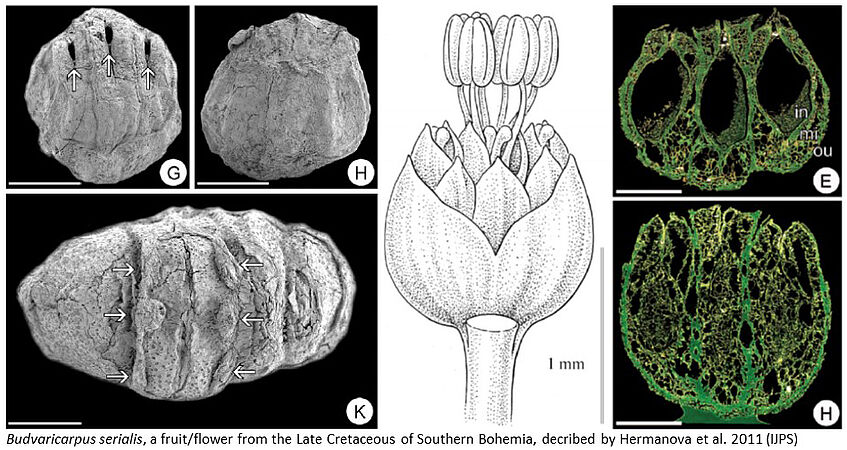
Repetitive DNA profiles in the moss Funaria hygrometrica
Repetitive DNA is an important and often dominant component in angiosperm genomes. Very little is, however, known about the genomic landscape of repetitive DNA families in Bryophytes. In this project NGS (Illumina) genome skimming data of the moss Funaria hygrometrica will be analysed, including clustering via the dedicated RepeatExporer pipeline as well as annotation and characterization of the repetitive element types populating the moss genome. The project will provide first comprehensive insights into the repetitome of Bryophytes.
Supervisors: Hanna Schneeweiss
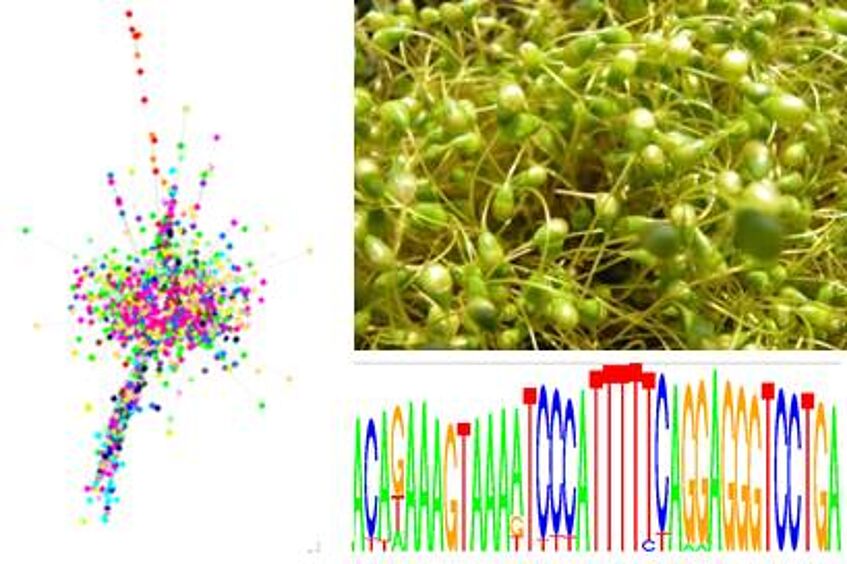
Nectar thiefs or pollinators?
Ants are frequently visiting the cyathia of Euphorbia but until now they are not regarded to be pollinators. This needs to be tested as there is growing evidence that pollination by ants is possible. To this end, this reserach project will complimentarily use field and lab work, including bbservation and video documentation of the ants' behaviour, pollen counts on the ants' bodies, SEM of pollen and the ants' surface, pollen viability tests, and DNA barcoding of ants.(Photo: Peter Hartmann)
Supervisor: Veronika Mayer & Marion Chartier
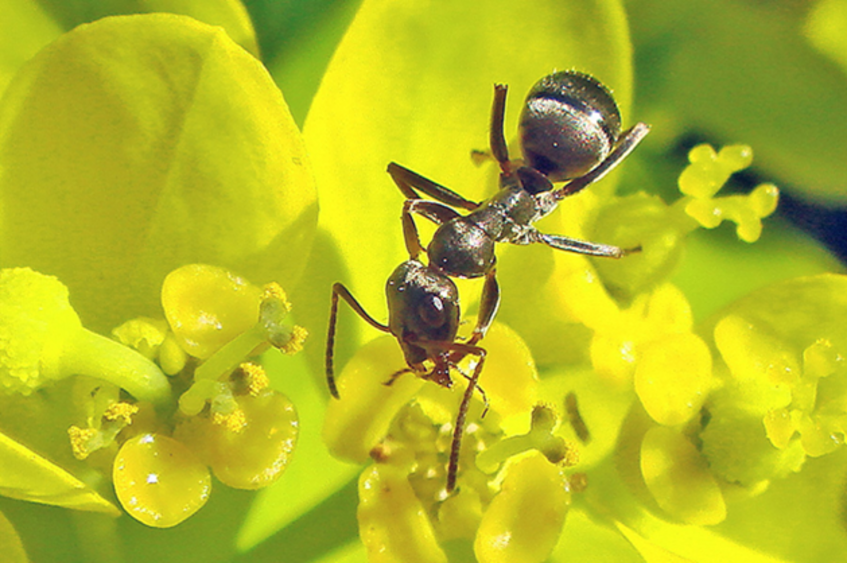
Analyses of endopolyploidy in the moss Funaria hygrometrica under heavy metal stress conditions
Endopolyploidy refers to the presence of cells or tissues varying in ploidy level within one individual. It has been shown that the endopolyploidy is species-specific and that its patterns can be influenced genetically as well as by various stress factors. In the current project aims the patterns of endopolyploidy in axenic cultures (i.e., cultures free of any other organism) of the moss Funaria hygrometrica, grown on neutral medium and on medium containing heavy metals, will be comparatively analyzed. To this end, a number of techniques, inclduing light and fluorescence microscopy, tissue culture and staining techniques as well as flow cytometry and classical cytology, will be applied.
Supervisors: Ingeborg Lang & Hanna Schneeweiss
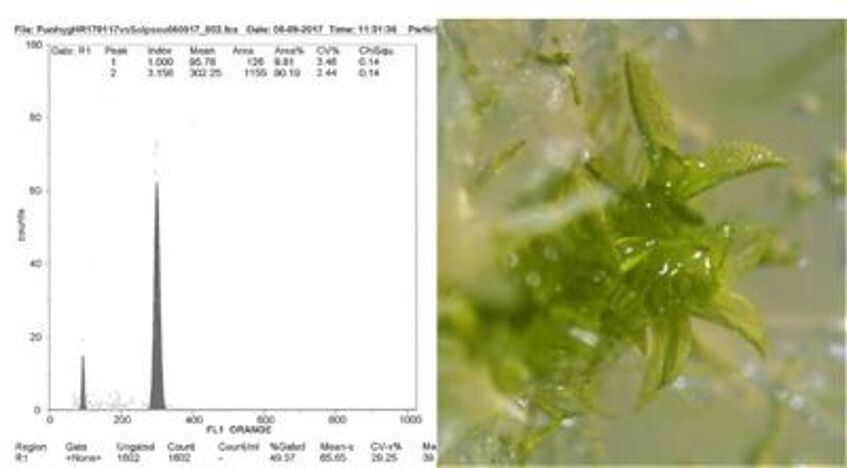
Origin and evolution of polyploid species in Melampodium (Asteraceae)
The origin of polyploids and its impact on the dynamics of plant genome evolution is of major interest in evolutionary botany. In this project RAD-seq data will be used to establish the phylogenetic framework in which the recurrent and nested origin of polyploids (tetraploids and hexaploids) will be tested. Furthermore, these data will form the basis for identifying the geographic origin and its possible ecological correlates of the polyploids.
Supervisors: Hanna Schneeweiss & Gerald M. Schneeweiss
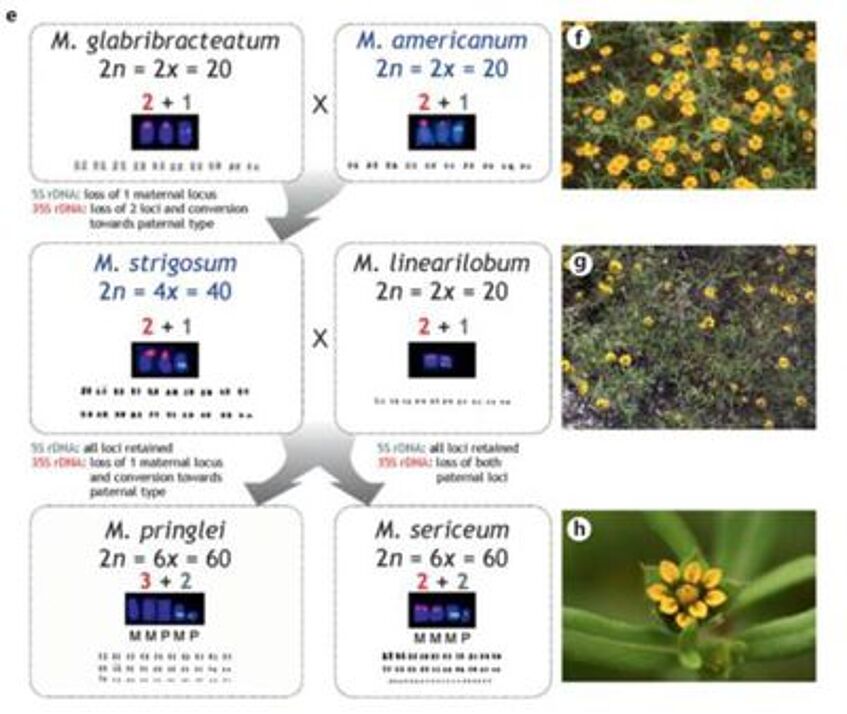
Movement of the cyanobacterium Limnospira
The planktonic filamentous cyanobacterium Limnospira fusiformis is a species of alkaline environments. The species, which is a main food source for Lesser Flamingos, possesses a usually spirally twisted cell that is able to rotate. Using algal cultivation experiments, the project aims to identify the trigger(s) for this movement?
Supervisor: Michael Schagerl
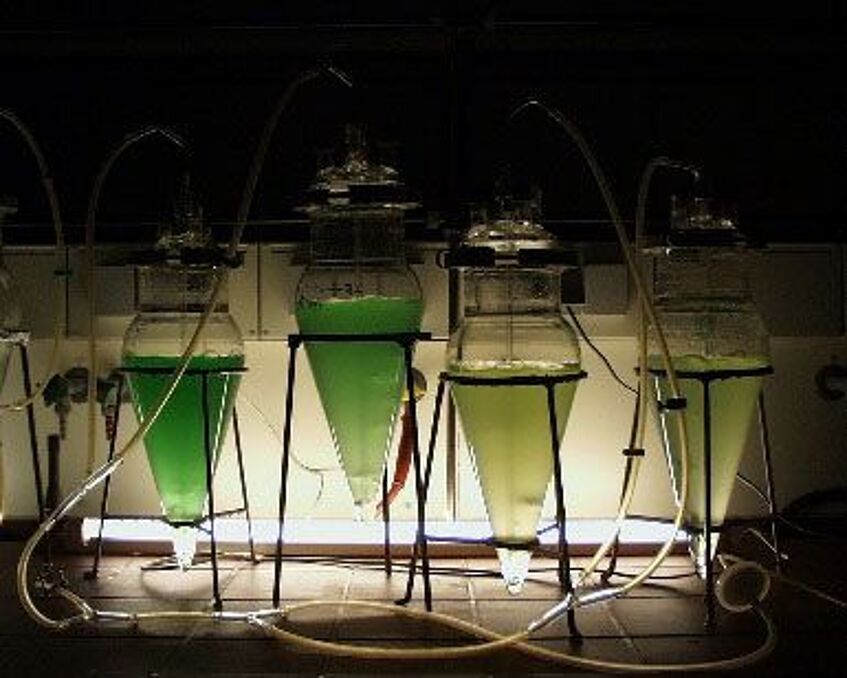
Floral adaptations to different pollinators
Plants evolved several ways to attract specific pollinators, which can act as reproductive barriers between plant species. We will study pollination syndromes and related floral traits, such as floral scent, floral colour, flower morphology and heat, pollen and nectar rewards, by combining pollinator observations, floral investigations, microscopic photographing and pollination experiments. Possible study systems include Araceae spp., Aesculus hippocastanum, Knautia spp., beetles, solitary bees, bumble bees, butterflies, moths.
Supervisors: Florian Etl & Jürg Schönenberger
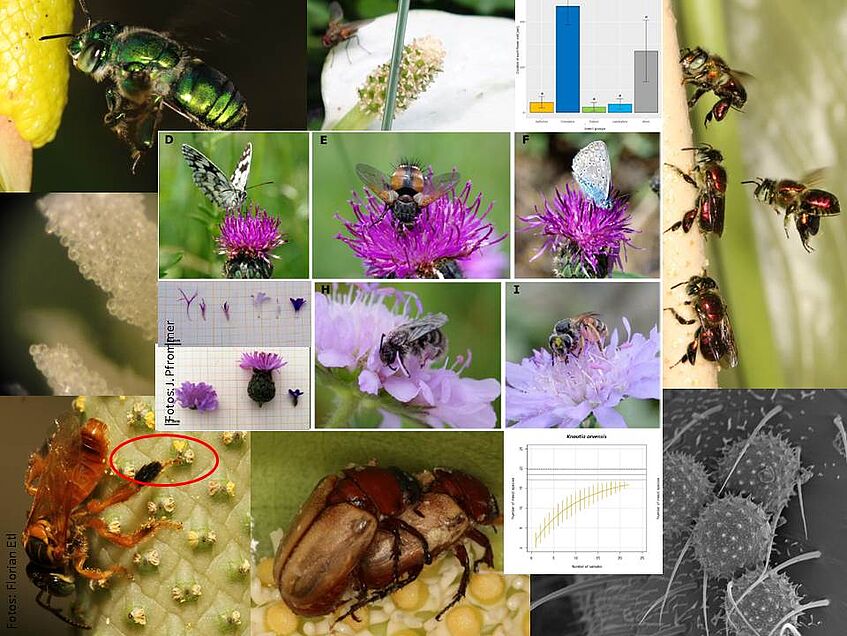
Cryptic diversity in the Austrian flora
Closely related species often differ in their ploidy level (diploid versus polyploid), but they might be difficult to tell apart morphologically. Accordingly, their status (e.g., the extent of their distribution range in Austria) is insufficiently known. In the frame of this project, ploidy determination using flow-cytometry, DNA barcoding and, optionally, morphometric analyses will be used in selected plant groups.
Supervisors: Hanna Schneeweiss & Gerald M. Schneeweiss
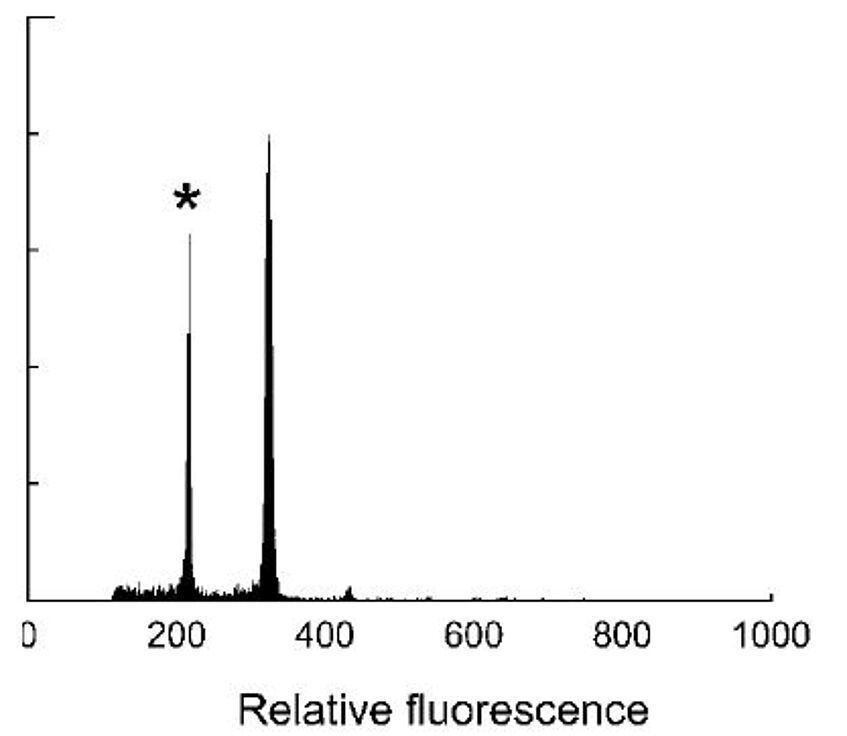
Structure, function and ecology of carnivorous plants
Carnivorous plants supplement their mineral nutrition by absorbing different elements from animal prey, but also from algae and pollen. For this aim, they have developed specialized leaves as trap organs that carry glandular cells producing trapping substances like mucilage as well as digestive enzymes. Furthermore, nutrient uptake is often performed via those glands. This course covers the trapping behavior and the ecological niches of European carnivorous plants at a highly diverse and unusual habitat in a historic sandpit. Applied techniques will include measurement of environmental parameters, surveying of the vegetation and the microflora, microscopical screening and analysis of prey capture and growth response of carnivorous plant. This study will be conducted from May to July 2021.
Supervisor: Marianne Koller-Peroutka & Wolfram Adlassnig
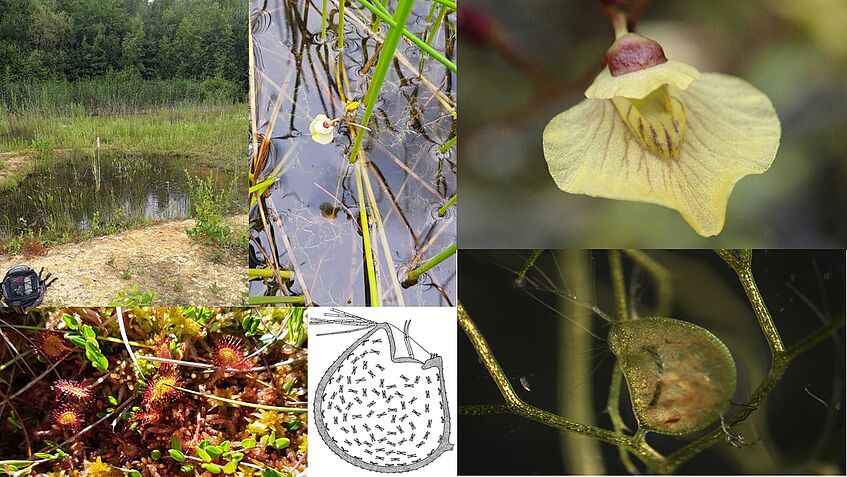
How many species of Gyromitra / Discina are present in Austria?
There are several ascomycetes with large fruiting bodies (genus Gyromitra) and some with small fruiting bodies, formerly classified in the genus Discina. It is, however, unclear, how many entities actually occur in Austria? To this end, DNA-sequencing of nuclear ITS (i.e., the most common DNA barcode for fungi) and (micro)morphological analysis of the fruiting bodies will be used.
Supervisors: Irmgard Greilhuber & Michael Barfuss
